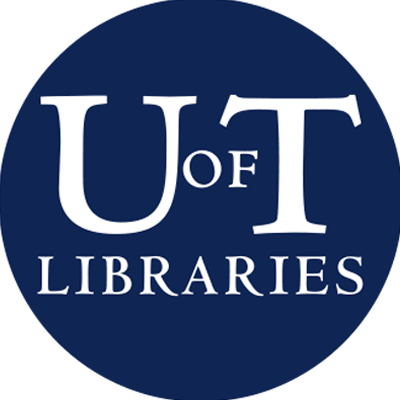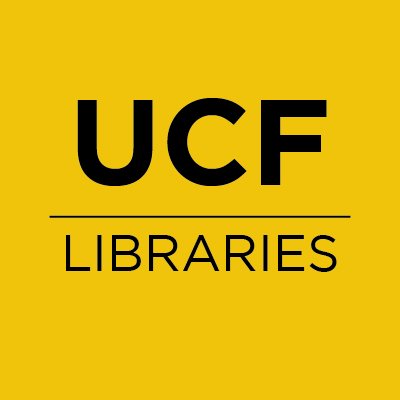The short answer is that peer review, as discussed in this guide, is a publishing process of academic journals and isn't typically applied to other types of sources, such as books.
However, there are always exceptions.
Some textbooks and scholarly books do have a more formal editorial process that is much like the peer review seen in academic journals. Peer-reviewed books can be challenging to identify. This page will help you identify scholarly books (as opposed to those aimed at a more general consumer or layperson) and textbooks, as well as provide some clues to help identify those that might be peer-reviewed.
There are lots of different types of books, and you may be assigned a variety of types as required readings. When choosing to use a book as a research source, knowing if it's scholarly or not is important. Here are some key indicators that your book is scholarly in nature.
Any type of book can be used as a "course textbook" or required reading; this section talks about the format of the textbook.
When trying to differentiate the difference between a scholarly book and a textbook, it's a bit more challenging. Many websites and online sources state that textbooks are purely educational, focusing on a particular academic subject, and falling firmly into non-fiction, but all that is true for scholarly sources as well. So what makes them different? Here are some key indicators that you have a textbook.
You can find out more information about OERs and Open Textbooks here. OERs take many forms, including scholarly and textbook formats. Review the above criteria to determine if your OER is a textbook, scholarly book, or another type of resource.



